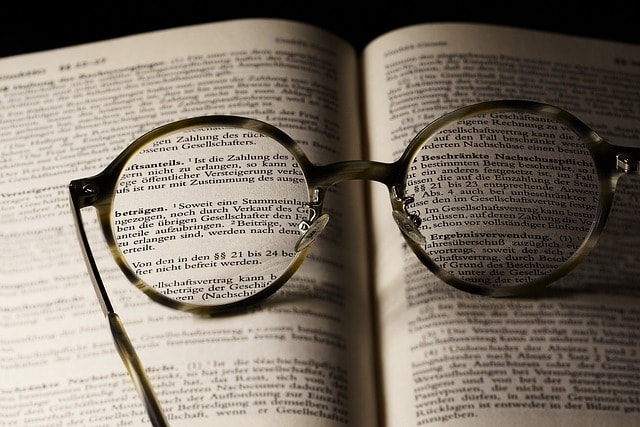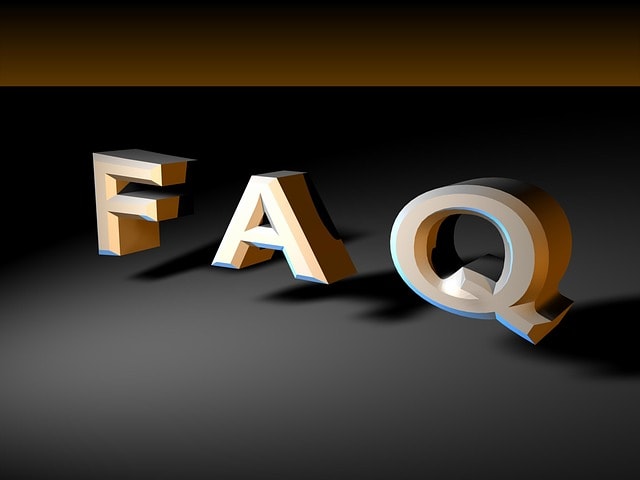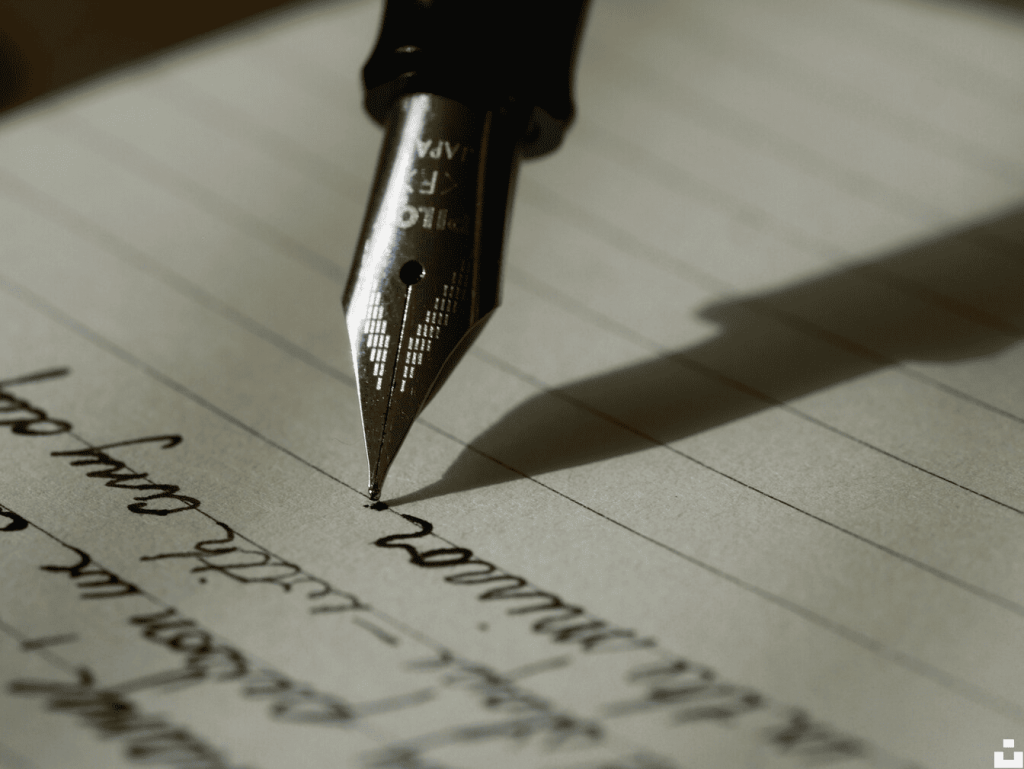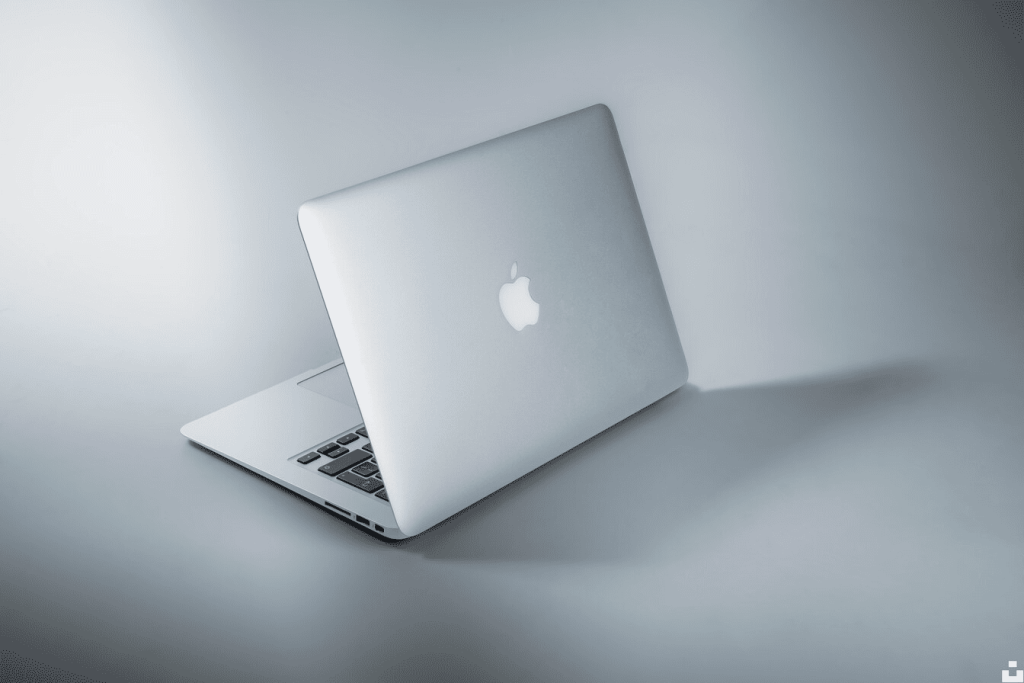How sure are you that your writing is plagiarism-free? As well as intentional plagiarism, you might fall victim to accidental plagiarism or incorrectly cited sources. But, don’t worry! Today, we take a deep dive into how you can avoid plagiarism and the different tools you can use to detect plagiarism.
Keep reading to learn more!
Oct 11, 2024 • 7 min read
What Is the Definition of Plagiarism?
Plagiarism is stealing someone else’s work, or failing to give them proper credit for their work. Let’s check the definition of “plagiarism” in the Merriam-Webster dictionary:
- Plagiarize (verb): To steal and pass off (the ideas or words of another) as one’s own.
- To use (another’s production) without crediting the source.
But plagiarism isn’t a one-size-fits-all offense. Different types of plagiarism go hand in hand with various consequences.
Here are the different types of plagiarism that you should be aware of.
Submitting Someone Else’s Work
Direct plagiarism is submitting someone else’s work to duplicate content. This is the basic definition of plagiarism and is perhaps the most serious. To commit direct plagiarism, you might copy and paste text from a book or an article without giving proper credit. You must always cite your work.
Or, you might merge several pieces of work into one before inserting them into your own essay. This is called mosaic plagiarism.
Incorrectly Citing Sources
Failing to cite sources correctly also counts as plagiarism. This might be accidental, particularly if you genuinely forget to cite your sources. You might also forget to cite your sources when paraphrasing, for example altering someone else’s sentences.
Plagiarizing Your Own Work
You don’t have to copy someone else’s work to commit plagiarism. Re-submitting chunks of your own work also counts as plagiarism.
Plagiarism in Different Settings: What Are the Consequences?
There are various consequences of plagiarism that you must consider. Plagiarism consequences will vary depending on the type and extent of the plagiarism committed.
Student Plagiarism
If you’re a student who has copied someone else’s work or failed to cite sources, what consequences will you face? Well, firstly, plagiarism is ethically wrong. Your own integrity will be hindered and your potential career will suffer.
The practical consequence of student plagiarism is that you’ll face academic repercussions. Your professor will use plagiarism detection software! So, your professor might ask for a re-submission that is capped at a lower grade. You could even fail the course altogether.
This might be the case if you plagiarize AI generated content, or someone else’s work. So, always use a plagiarism detector! Smodin.io specializes in providing a plagiarism checker for students.
Professional Plagiarism
If you’re in employment and plagiarize content, you could lose your job. Plagiarism is theft and will be looked down upon by your employer. This is particularly true if you are employed in academia.
Plagiarism for Financial Gain
Most instances of plagiarism are committed by students when submitting their essays. But, plagiarism can also occur for financial gain.
For example, let’s say someone publishes a book that was written by someone else. Proper credit was not provided. You make a substantial financial gain from the sale of this book, along with recognition.
In such an instance, you could face legal consequences. This includes imprisonment or a fine.
How Can I Detect Plagiarism?
Use the free Smodin Plagiarism Checker tool to check for plagiarism! You can do this now by going to Smodin.io and searching for “plagiarism” in the option list.
Proper citations will generate automatically whilst over 100 different languages are now also supported. This is one of the top anti plagiarism software on the market.
How Can I Avoid Plagiarism?
There are several methods you can adopt to keep your essay writing plagiarism-free.
If you write original content, you can’t possibly be accused of plagiarism. You can use AI tools to inspire your writing and to provide some ideas for content structure. The AI Writer from Smodin Author can give you structured content complete with references.
But, never copy this content and submit it to your college professor. Even if the content was created by AI and not another person, it can still be flagged as plagiarism. It is possible to plagiarize from artificial intelligence, particularly if the text doesn’t sound human.
How Does a Plagiarism Checker Work?
A Plagiarism Checker works by scanning text to detect plagiarism. Simply insert your text into the checker, or upload your document in full.
Smodin’s expert plagiarism software will conduct a plagiarism test and generate a plagiarism report on the text you’ve uploaded. Every research paper and website will be compared via search engines. Your report will highlight areas of possible plagiarism that you will need to pay attention to.
Remember that your professors will use similar AI technology to check for plagiarism. So, get ahead of the game and amend suspicious text before you submit it to your professor!
What Is Smodin’s Plagiarism Checker?
Smodin’s Plagiarism Checker is an AI tool that checks written text for plagiarized content. It is one of the top 5 most dependable plagiarism-checking tools, ready and waiting to help your writing!
The plagiarism scanner scans millions of documents and websites within a few seconds. You’ll receive accurate citations to include in your submission.
Your data will never be saved so you can feel safe knowing that your plagiarism check is 100% anonymous. If that’s not enough, over 100 languages are supported!
Access Smodin’s AI Checker for free from a laptop or desktop device and any iOS or Android device. Our tool allows you to check your content anytime and anywhere. Best of all, it’s completely free, so you never have to worry about any costs. Smodin’s tools provide authentic and plagiarism-free content to give you that peace of mind you deserve. Try it today!
How Does the Google Classroom Plagiarism Checker Work?
The best way to beat the plagiarism checker is to use all tools at your disposal before submitting your writing. So, how does the Google Classroom plagiarism checker work?
Using Google Classroom, you can run an originality report on your essay, assignment, or thesis statement. Simply upload and allow the plagiarism tool to begin detecting whether a piece of writing was plagiarized! Any uncited content or plagiarism will be identified so you can make the necessary changes.
Your professor might also enable school matches, so peer essays can be assessed for plagiarism. Your essay will join the database so it can also be compared to other student work in the future.
Moreover, do not forget that you can also check for plagiarism on Google Docs, by using third-party tools like Smodin.
How Does the Grammarly Plagiarism Checker Work?
If you’re wondering how does the Grammarly Plagiarism Checker work, you should know that this tool will assess your work for plagiarism as well as look for other writing issues. It will be compared with billions of web pages so you know you’ve got all bases covered!
You can gain an originality score for writing, assessing how common your content is. You should also receive recommendations to make corrections and improvements to your essay.

Join the Smodin Community and Access Top Tools To Enhance Your Writing
The Smodin Plagiarism Checker scans and compares your work with numerous other sources. You’ll improve your sentence and improve sorting flow in no time!
In addition, Smodin’s image-to-text converter makes it easy to extract written content from images, textbooks, or scanned documents. This tool is perfect for writers, students, and professionals alike. Are you taking notes during a lecture, preparing for a presentation, or simply digitizing printed material? This feature helps you quickly turn image information into editable text to keep writing process smooth and efficient.
Sign-up for a completely free plan, or choose a paid plan at a fraction of the cost of Smodin.io’s biggest competitors. See what else Smodin can offer you and your writing!
Join the Smodin and try out our Plagiarism Checker today!

FAQs
What is plagiarism?
Plagiarism is stealing someone else’s work, or failing to cite your sources fully. You might commit direct plagiarism if you have copy and pasted chunks of text from books, articles, or webpages.
Or, you might have accidentally plagiarized by incorrectly citing sources or failing to paraphrase successfully.
What’s the best way to avoid plagiarism?
Avoid false accusations of plagiarism by writing original content and citing your sources fully. Prevent plagiarism completely by using a plagiarism checker. Smodin’s Plagiarism Checker is free to use and will generate a plagiarism report for a detailed analysis of your work.
How can I accurately cite my sources?
Accurately cite your sources by becoming familiar with your style guide. You might need to meet the requirements of the APA style guide, or MLA, or Chicago.
Your college will typically follow one style guide so find out which one. APA, MLA, and the Chicago style guides all require different citation methods.
Is a plagiarism checker accurate?
The accuracy of a plagiarism checker will vary, depending on the research carried-out. Some plagiarism checkers might falsely flag text as being plagiarized, or miss plagiarism altogether. Use Smodin’s Plagiarism Checker, an AI tool that you know and trust!
Is paraphrasing considered plagiarism?
Paraphrasing content is deemed to be plagiarized if you fail to cite your sources. You presented the work as your own in this situation so the paraphrasing is plagiarized. However, as long as you correctly cite your work, it will be fine.







 AI
Plagiarism Checker
AI
Plagiarism Checker
 AI
Content Detection Remover
AI
Content Detection Remover
